When you think about replacing a door, picking out hinges might feel...a little bit boring. At first they may not seem that important, but the truth is, they're the most important hardware choice you'll make for your door. Here’s a quick rundown of the most common hinge types and what each type is best for.
Standard butt hinge
This hinge has a bit of a silly-sounding name, it’s true. They are also called mortise hinges. These hinges have two identical leaves. One leaf goes on the door edge, and the other goes on the door jamb.
The name comes from the fact that the door is “abutting” the jamb/wall. This is the most popular style of door hinge because it’s easy to install. All our entry doors that come pre-hung are prepped for hinges. This hinge is a go-to choice for most standard entry doors. It's also what we use on Dutch doors, although we use four hinges instead of three--two for each door leaf.

NRP hinge
A NRP hinge features a non-removable pin. This feature is essential for outswing doors where the hinge is on the exterior of a building. The pin enhances security for outswing doors. Whenever we make an outswing door, we include a NRP hinge as standard. If you have an existing outswing door and it doesn’t have NRP hinges, we recommend replacing them for a more secure entryway.
Concealed hinge
A concealed hinge is designed to be invisible when the door is closed. This type of hinge is commonly found on cabinets. Concealed hinges are routed into the door and door jamb and are therefore more difficult to install, but the end result is a totally seamless, minimalist look.

Concealed hinge accessories
Concealed hinges sometimes require additional parts. These include routing templates and fixing plates. Routing templates help you rout the correct shape into the door when free-handing it could lead to an imperfect fit or even damage the door itself. Some concealed hinges require their own milling frame. The milling frame is used with the routing template(s) and helps you center the hinge perfectly. The fixing plates are metal plates that get installed first, before the hinges. They make this type of hinge more reliable and longer-lasting. This is because the fixing plates create a stronger connection between the hinges and the door frame.
Strap hinge
A strap hinge is a long, slender hinge resembling a strap. The strap attaches to the door face, rather than the edge like concealed, NRP, and standard mortise hinges. This hinge type is very old—you may still see them on historical sites and castle gates. While many people like strap hinges for the antique or vintage look they offer, strap hinges have another important benefit. They’re the best option for large or heavy doors, like carriage doors. We will recommend strap hinges based on the final moment weight.

Pivot hinge
This isn’t technically a hinge, as it works completely differently. But you may hear pivots referred to as hinges sometimes. Pivots are inserted at the top and bottom of a door unit, rather than on the side. The door swivels on a pin, and because pivots have a different relationship with gravity than standard hinges, pivot doors can be built wider and taller.

How do pivot door hinges stay open?
The pivot we use from FritsJurgens can be calibrated to stay open once pushed past a certain point. You can also adjust the pivot to use latch control, so that they securely latch even if you don't use a standard doorknob and opt for a pull handle instead.

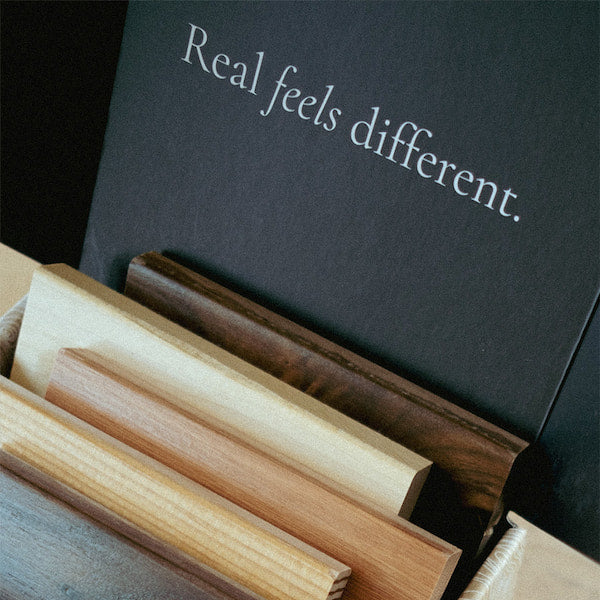
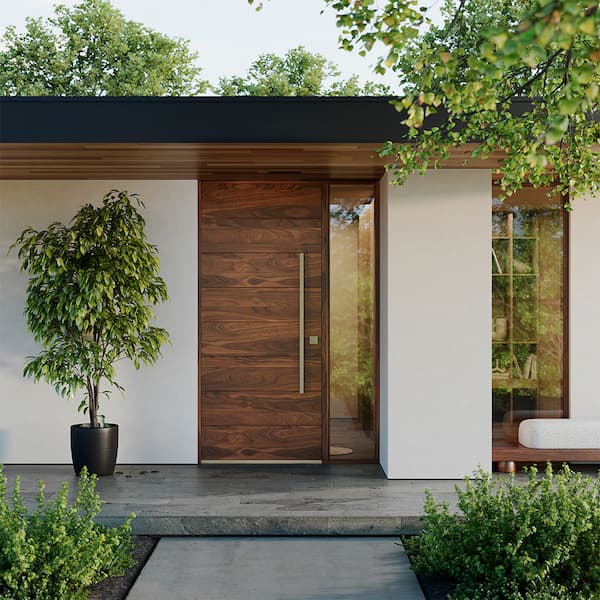

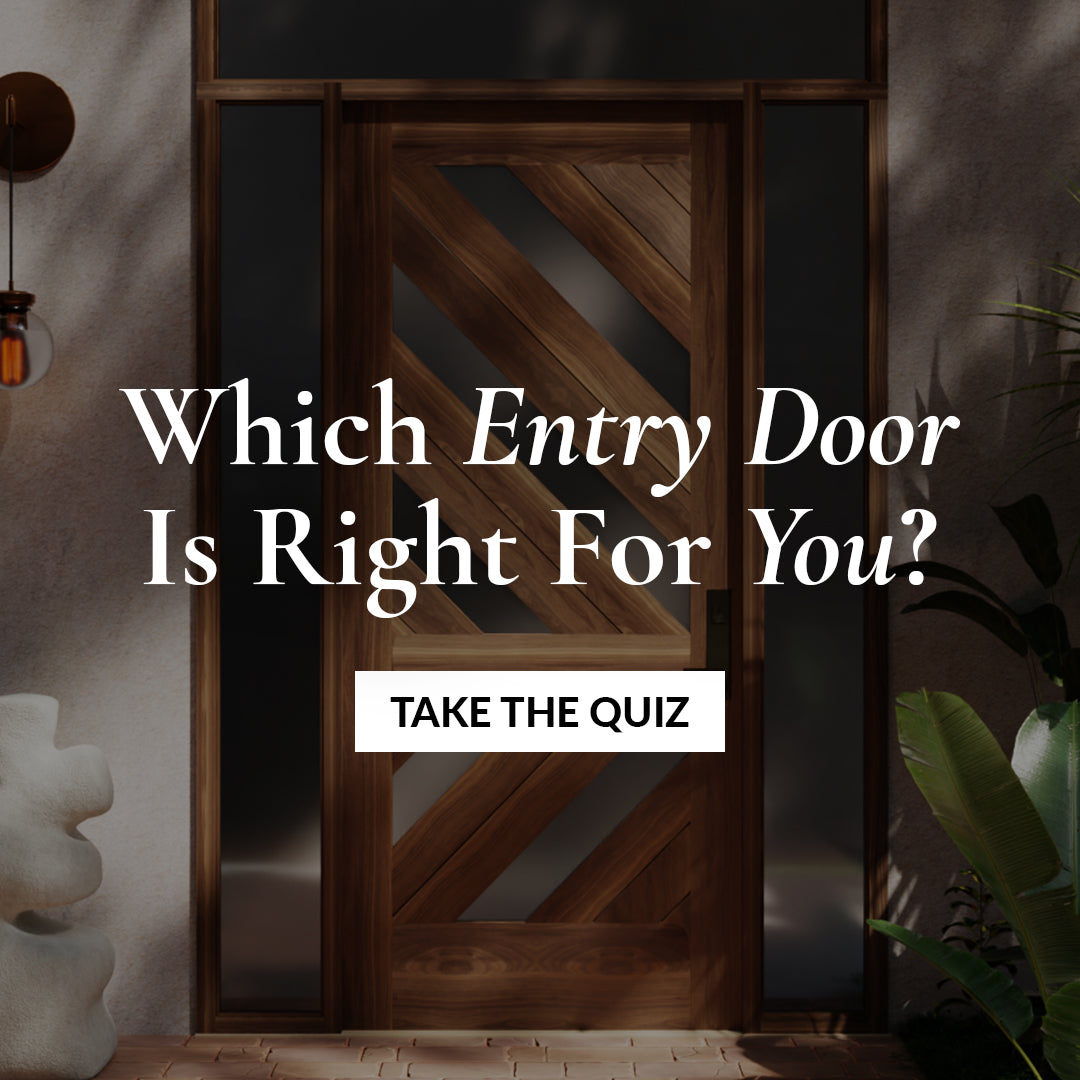
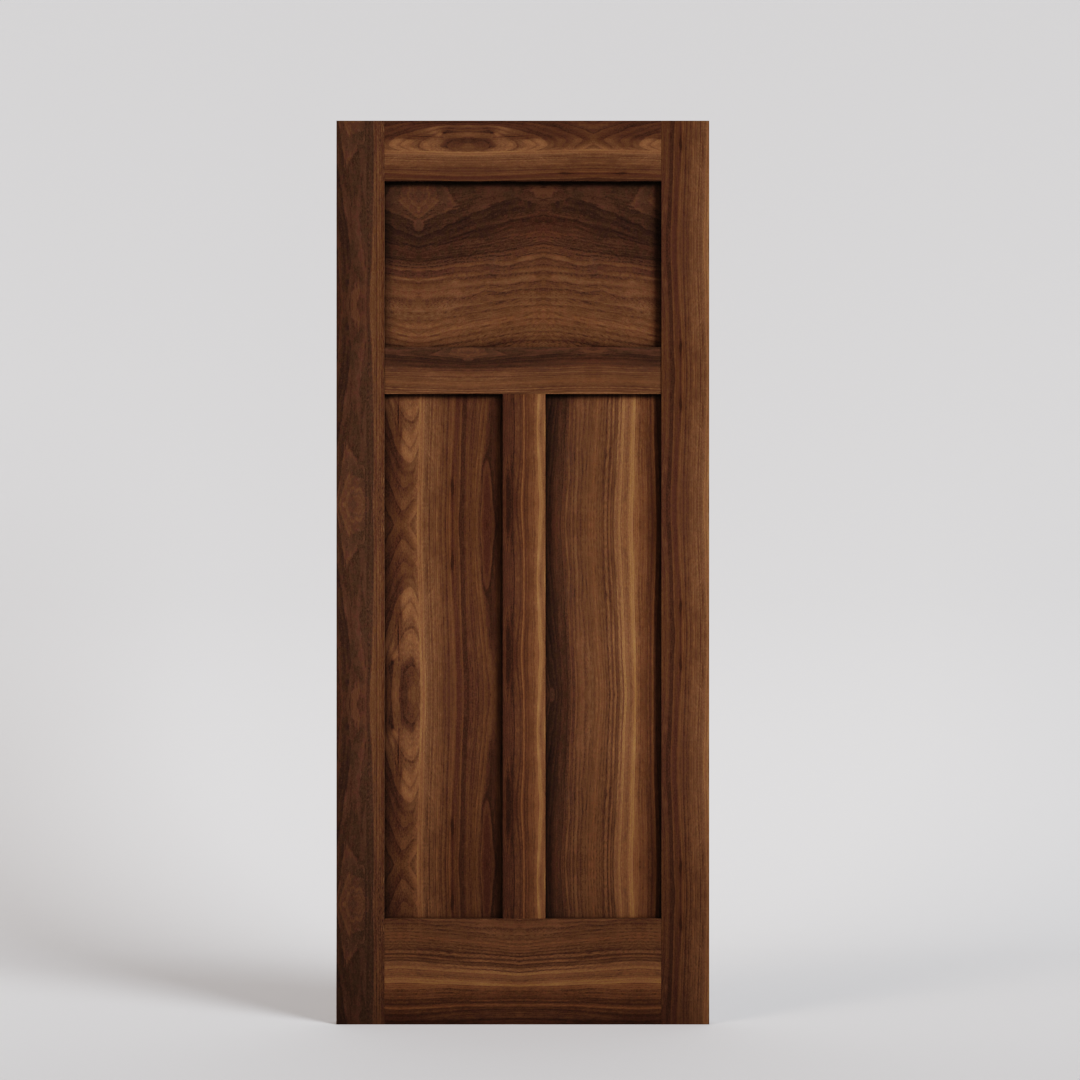
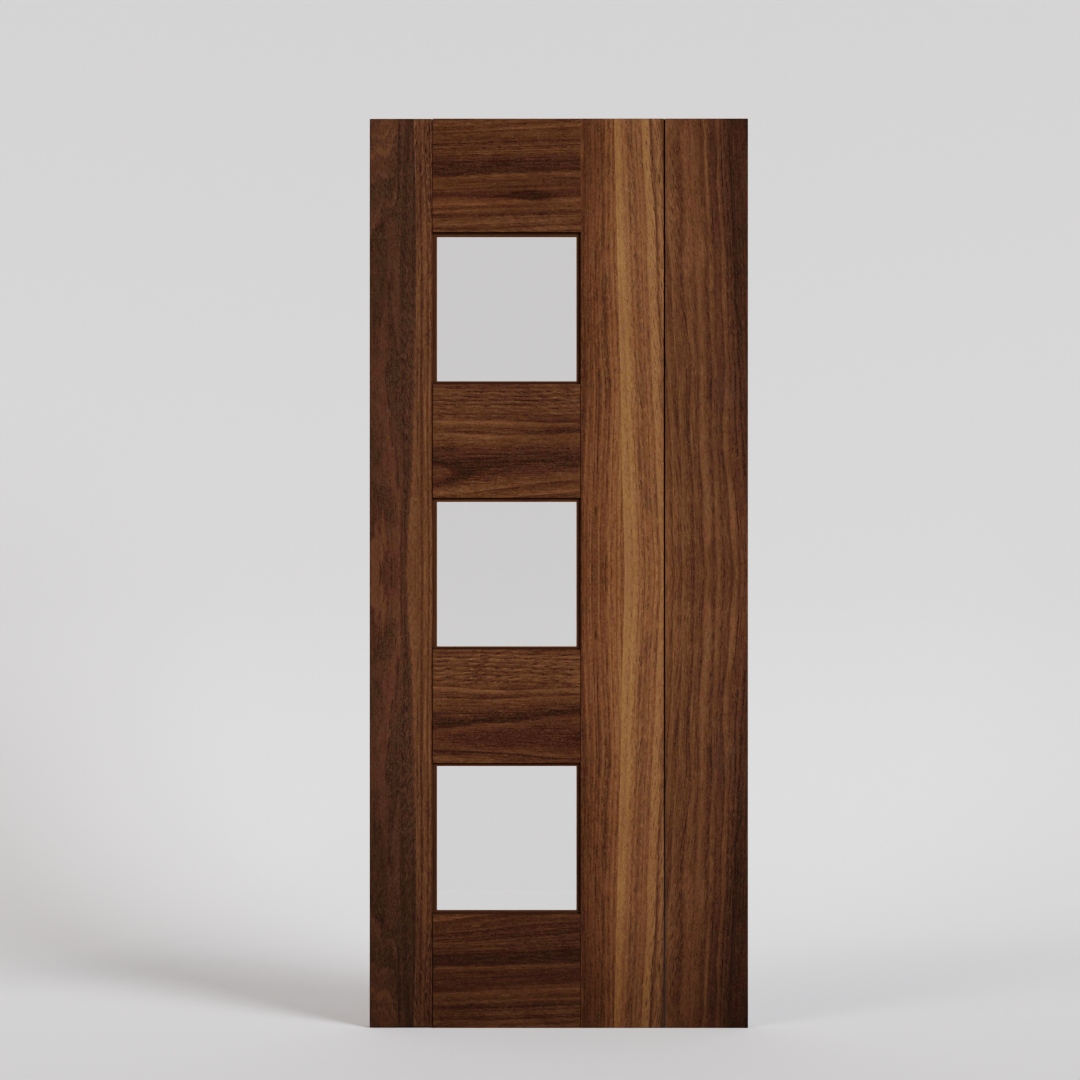
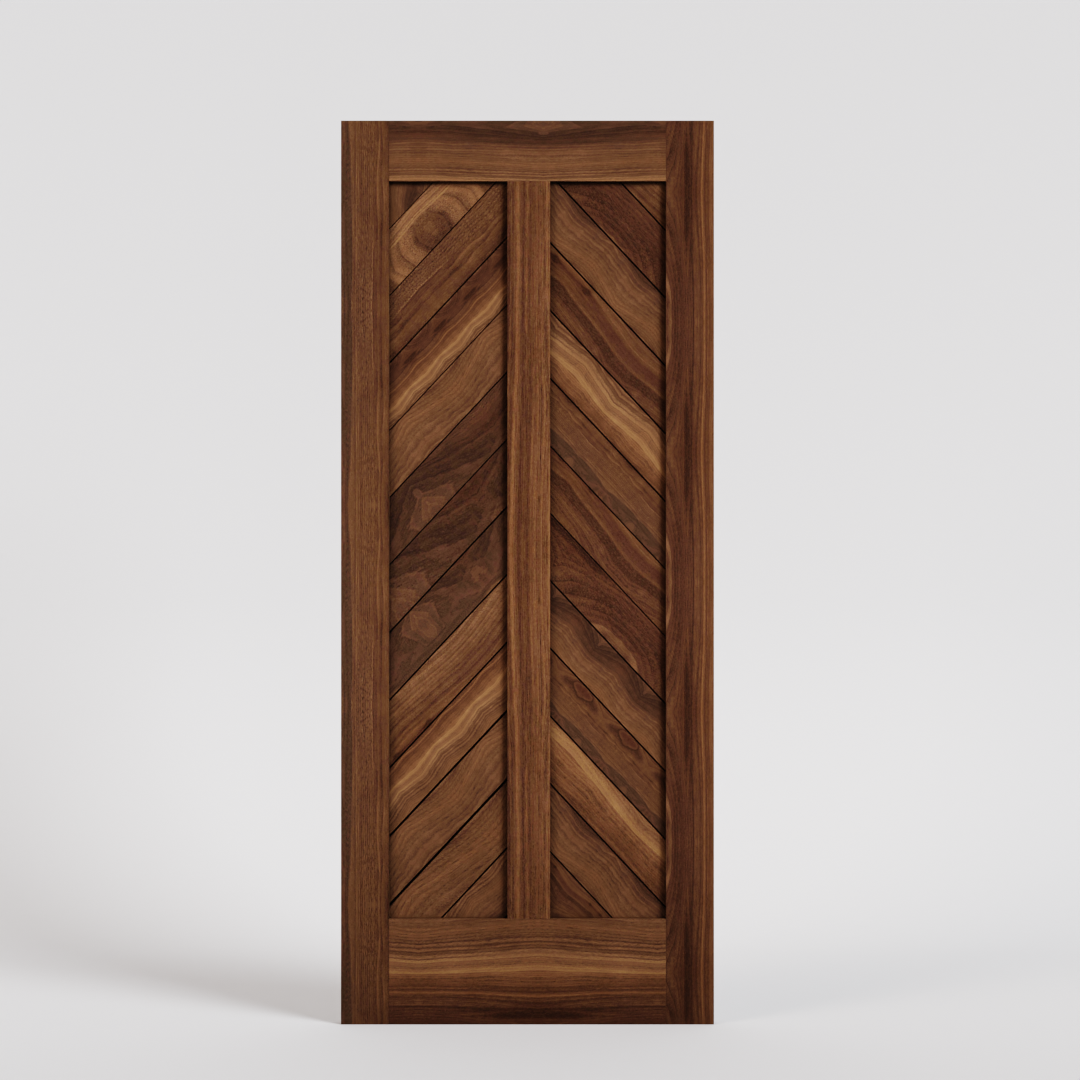
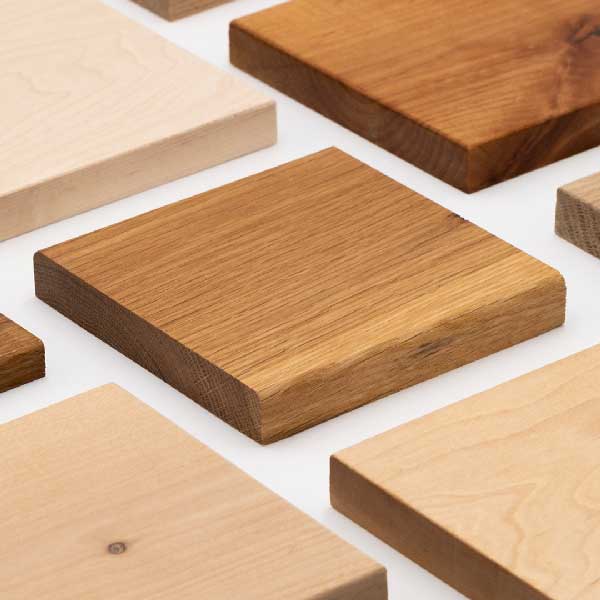
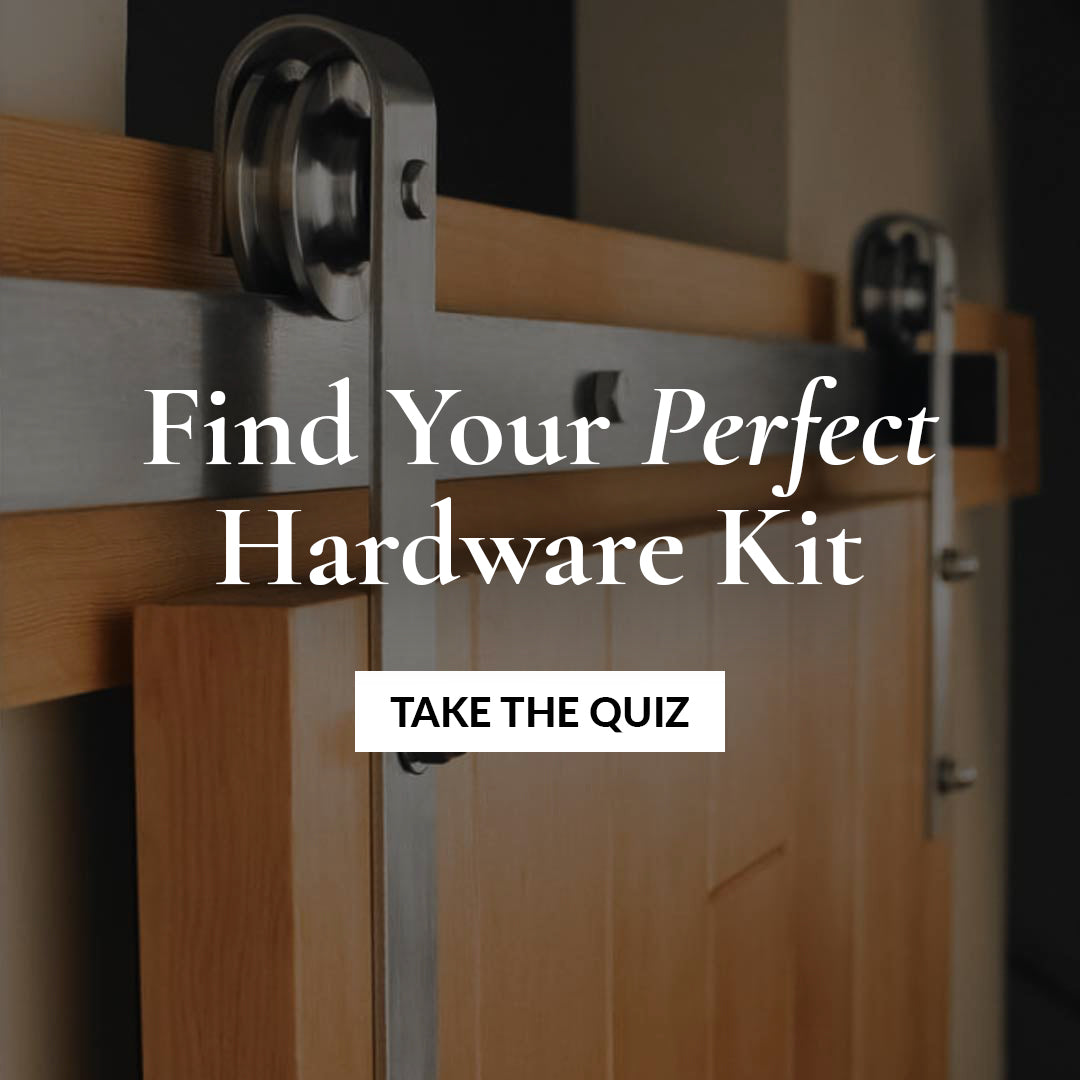
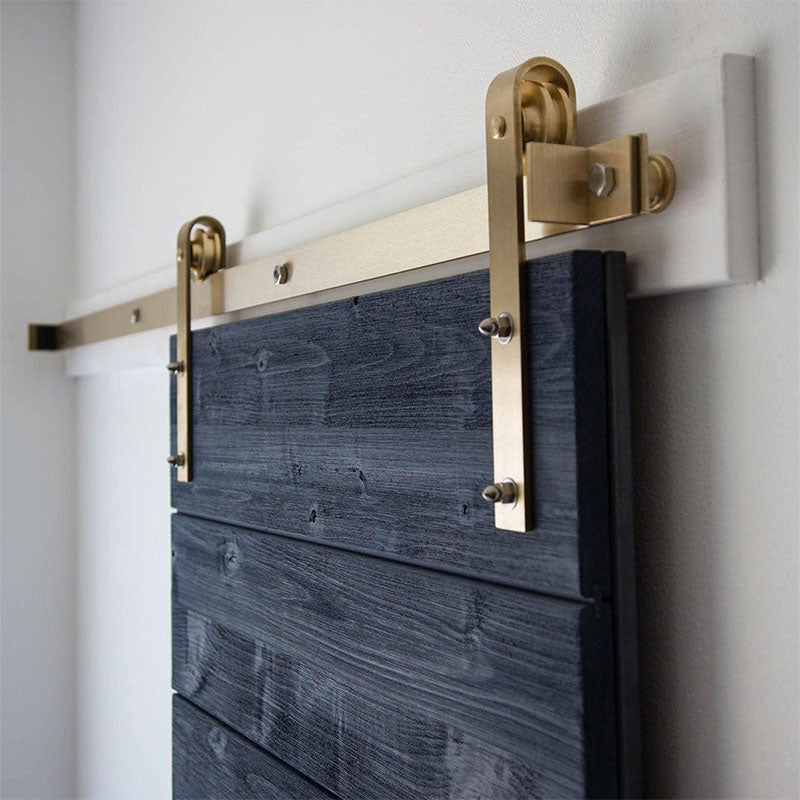
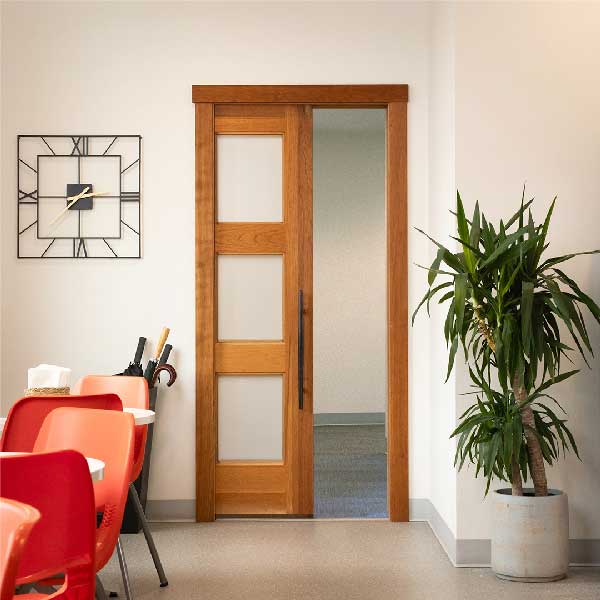
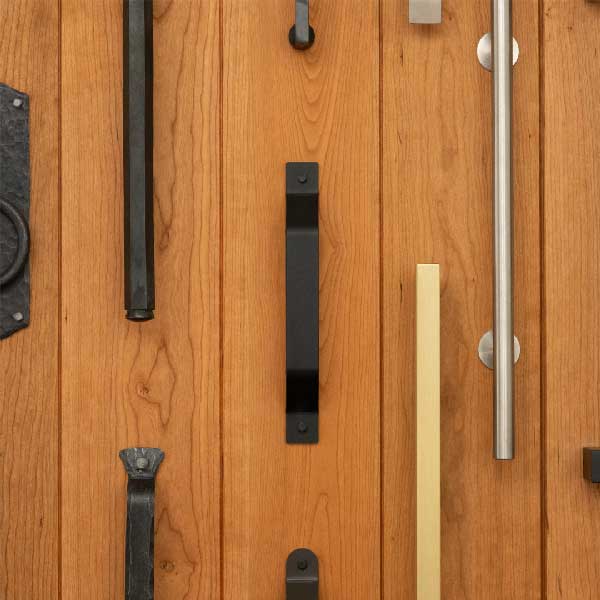
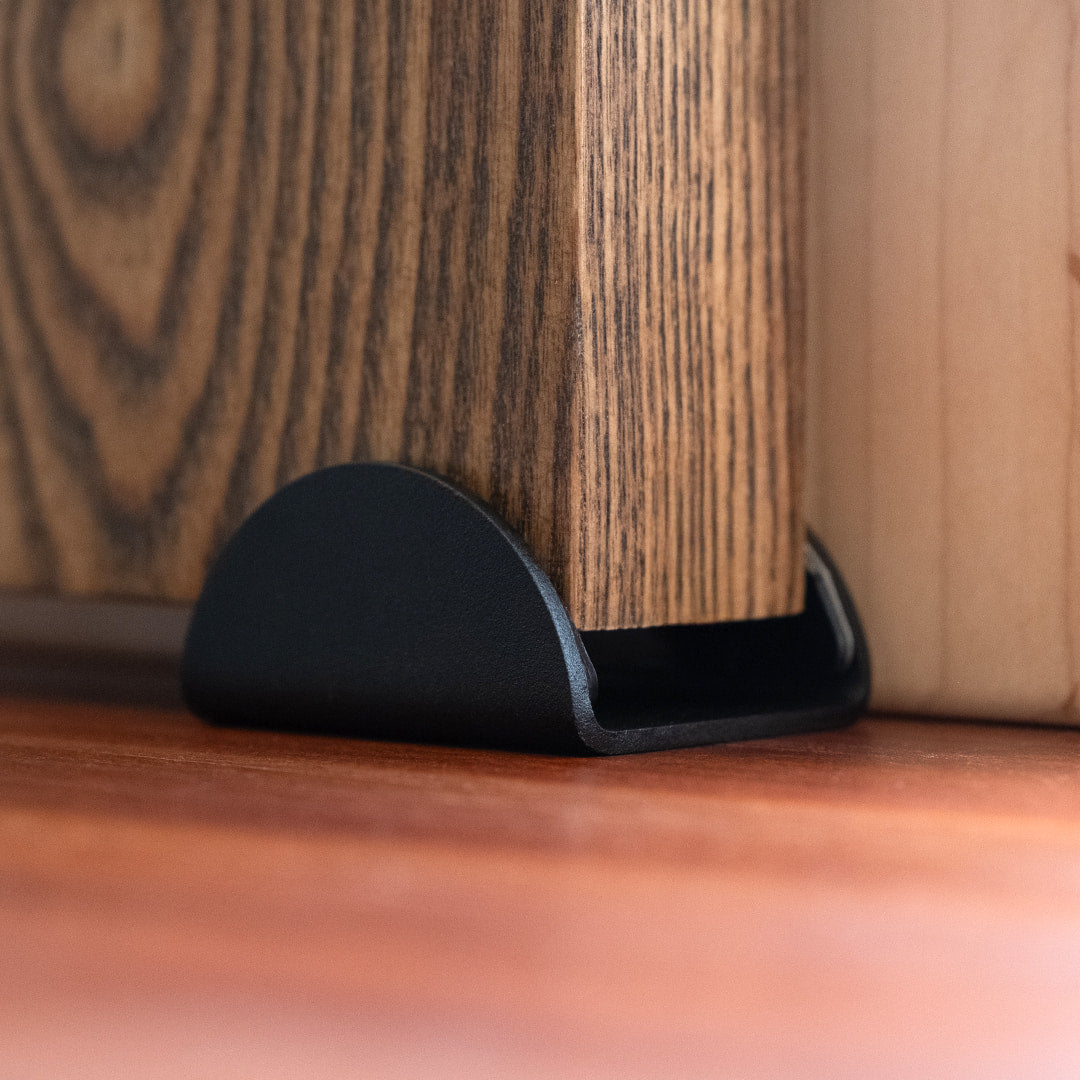
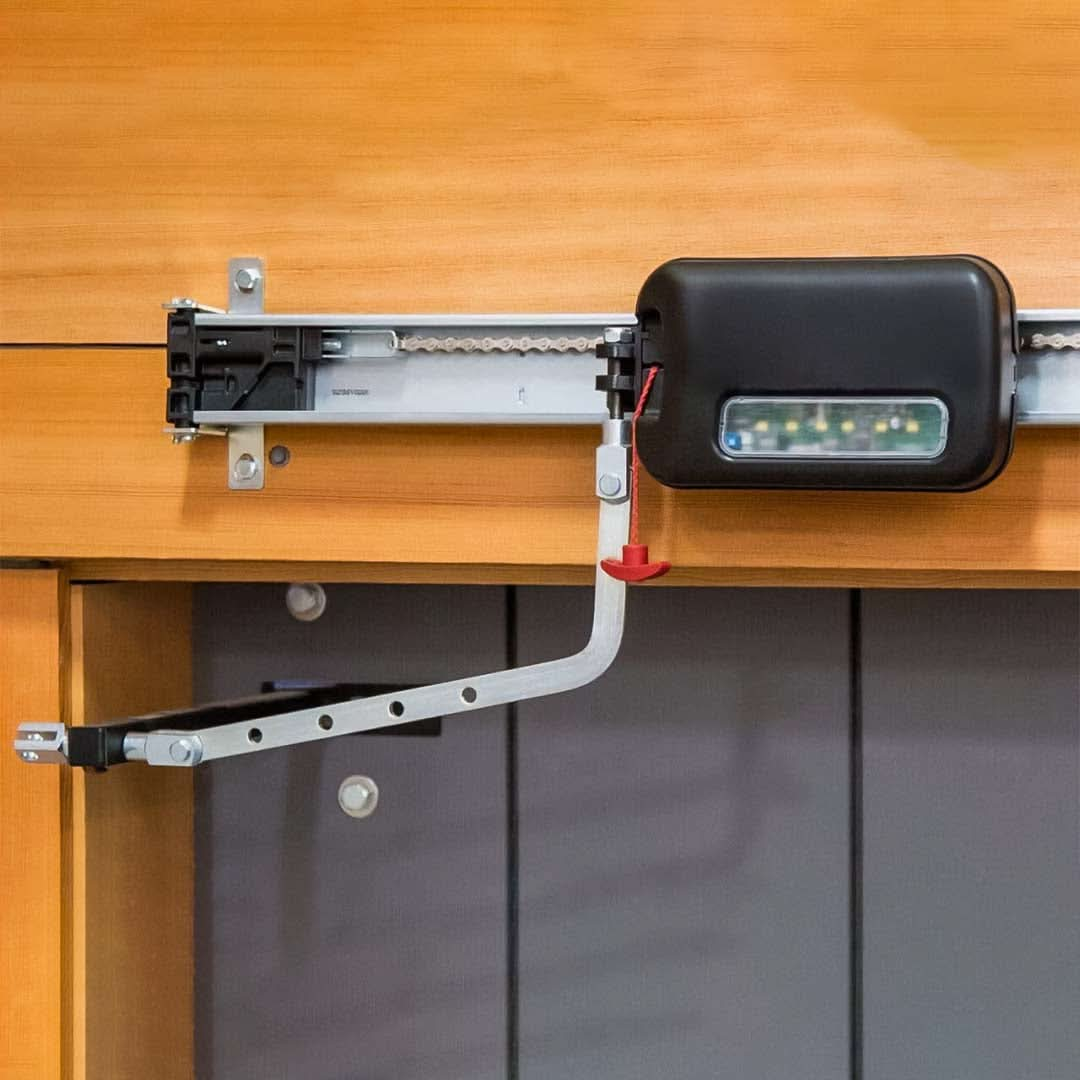


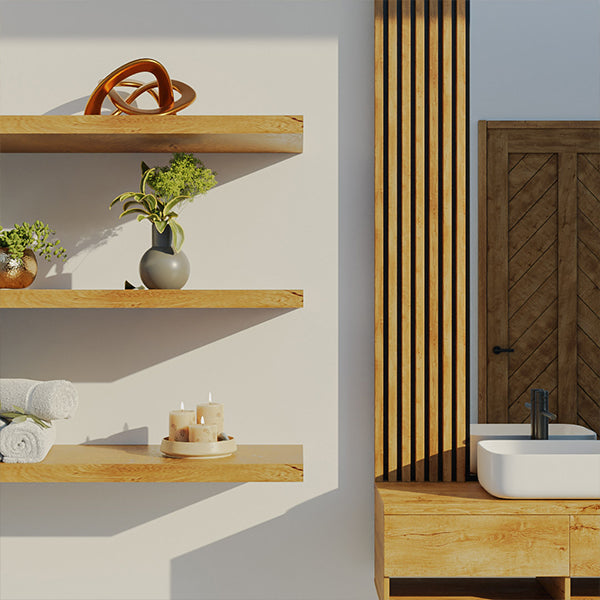


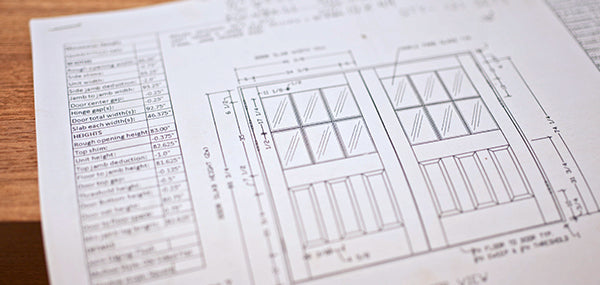
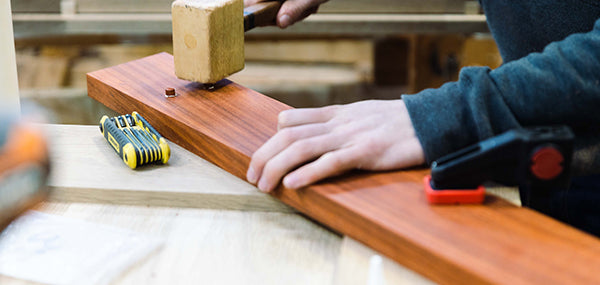

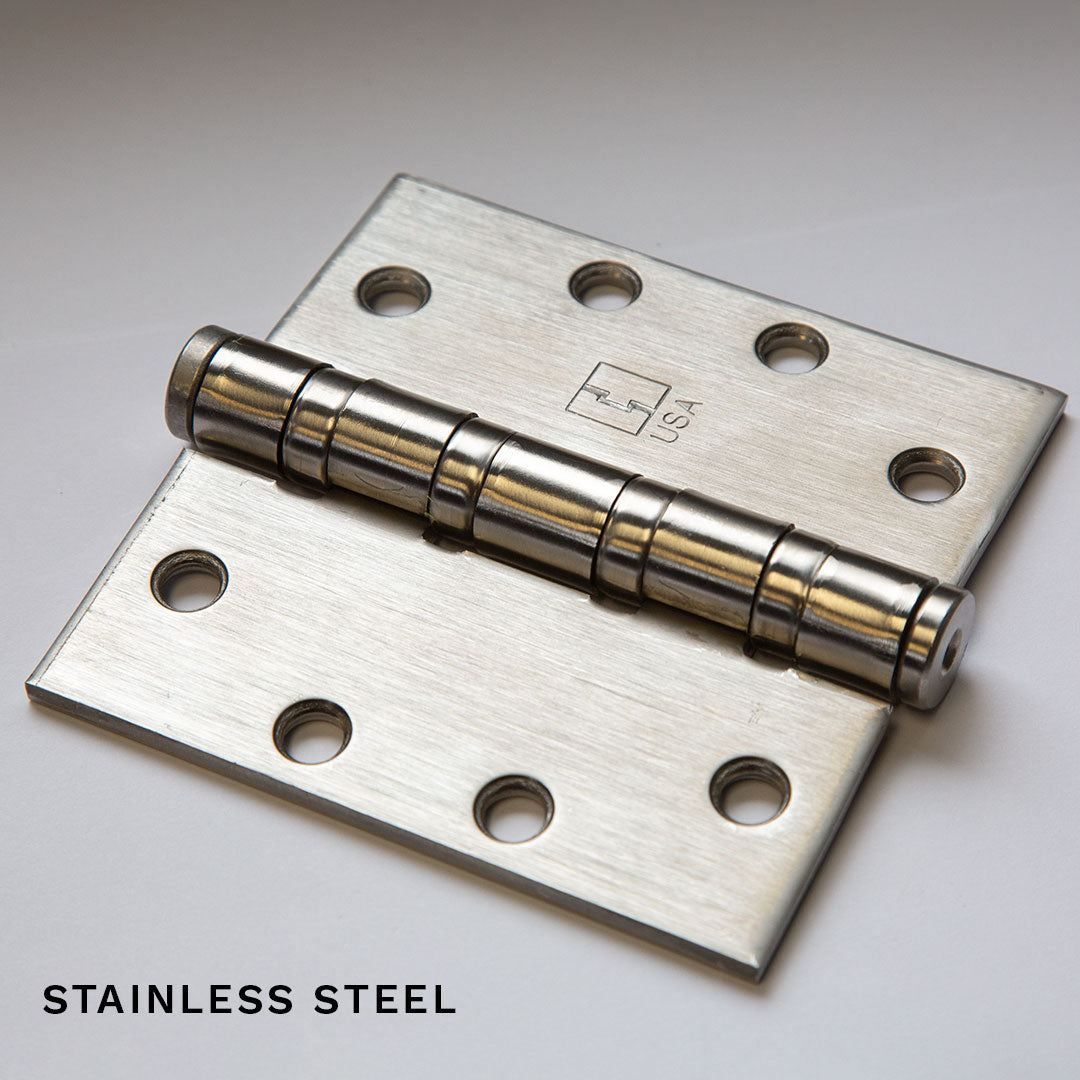
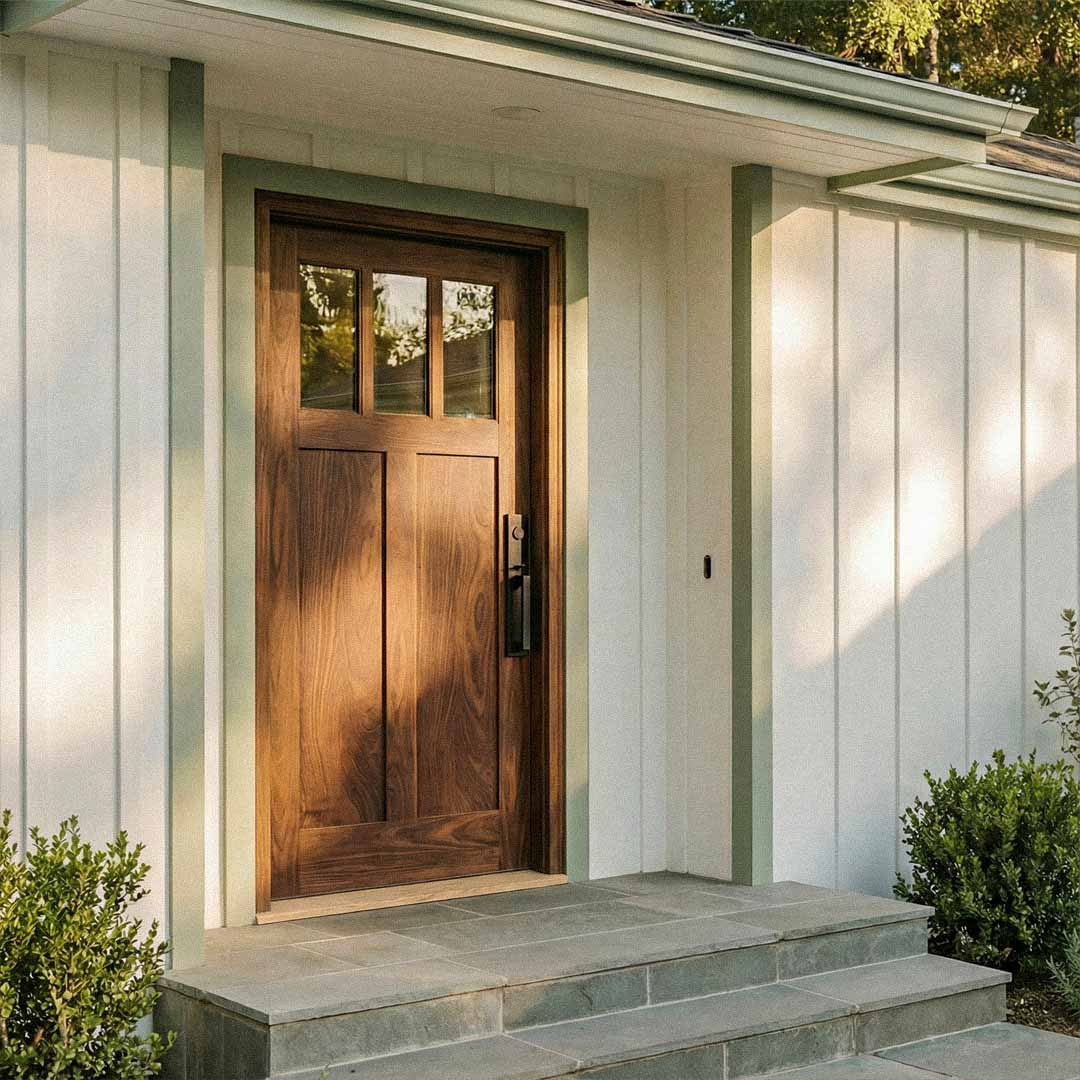
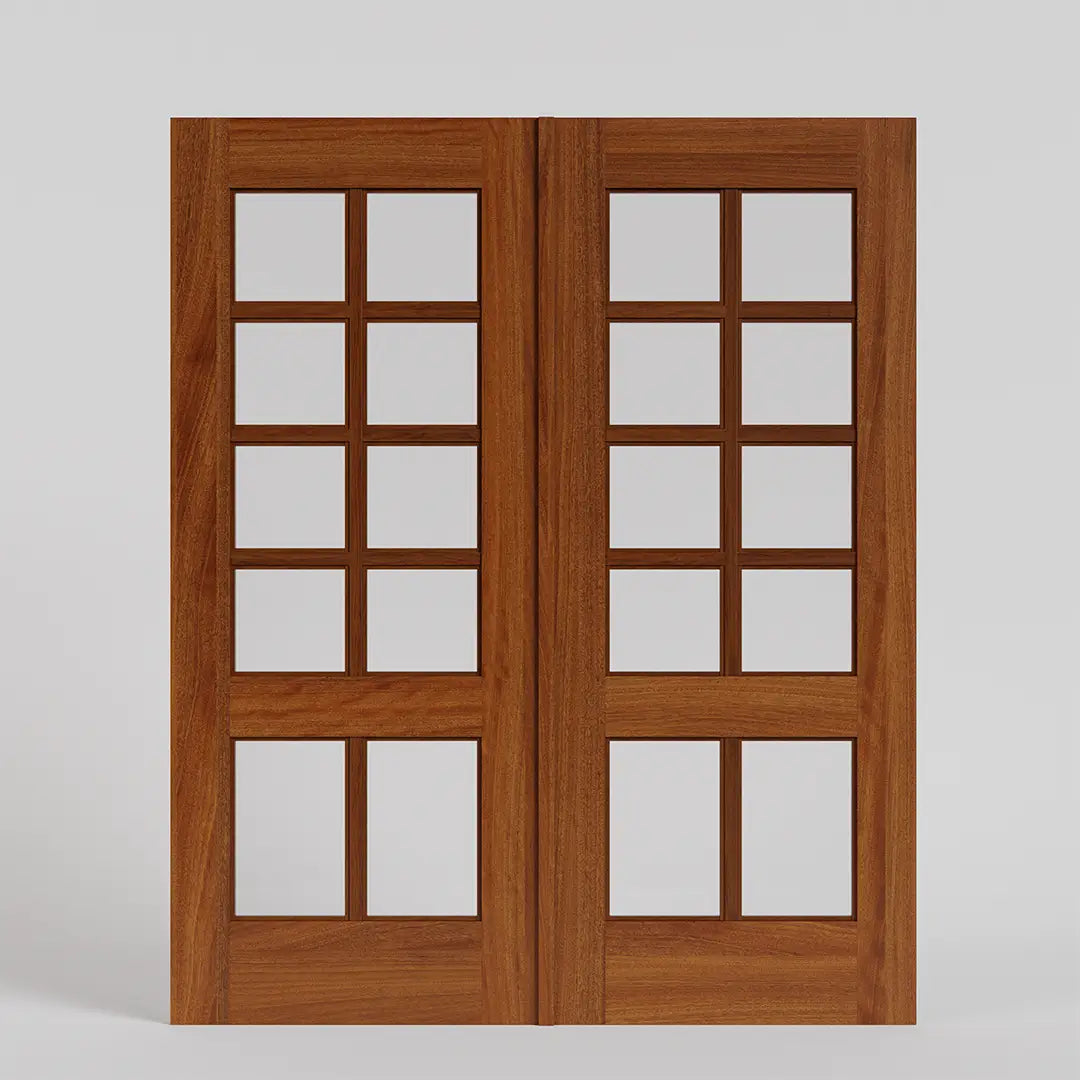
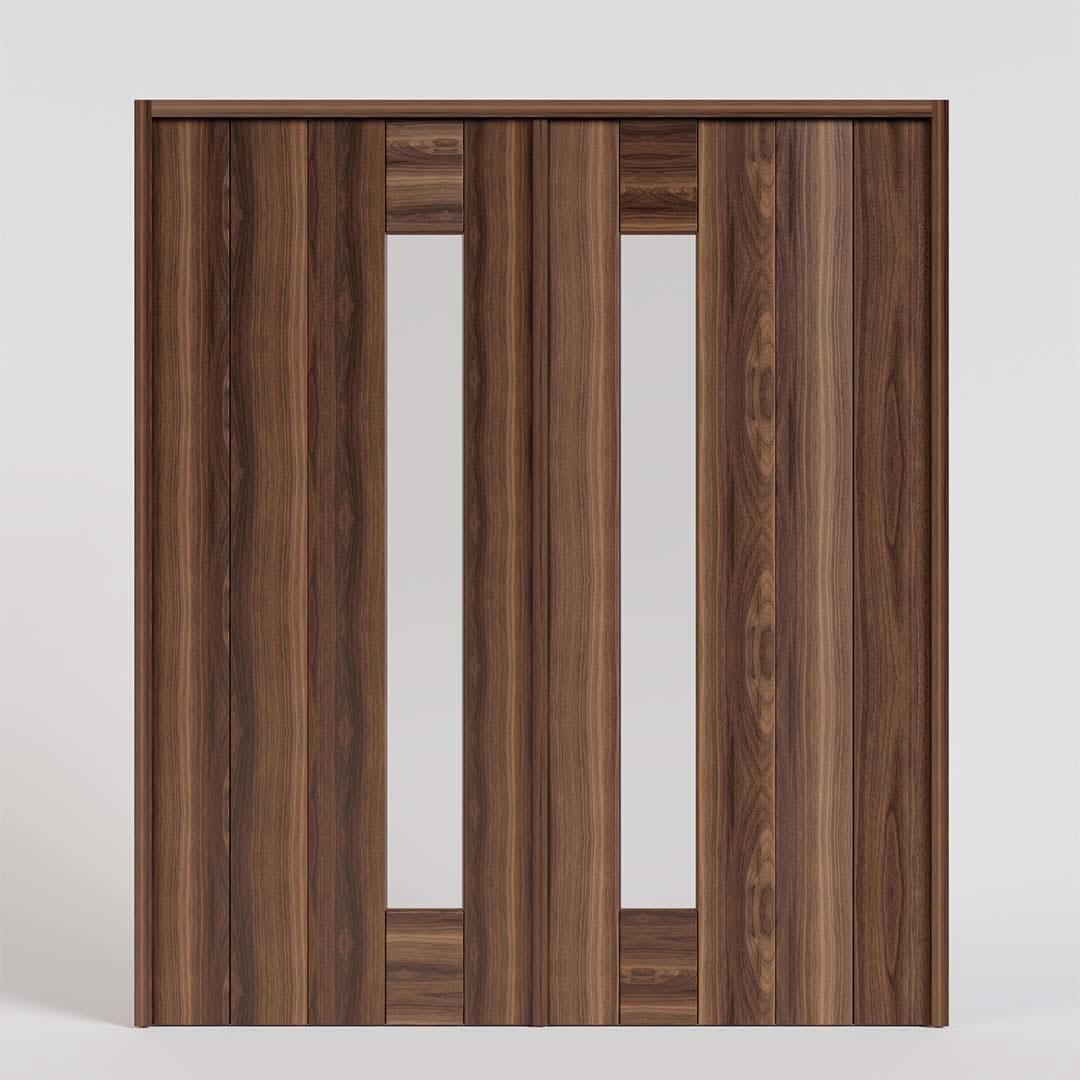
Leave a comment (all fields required)